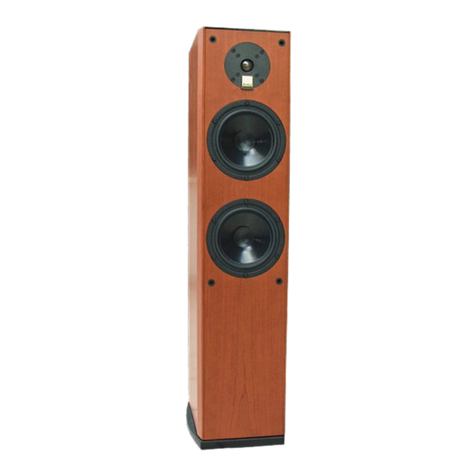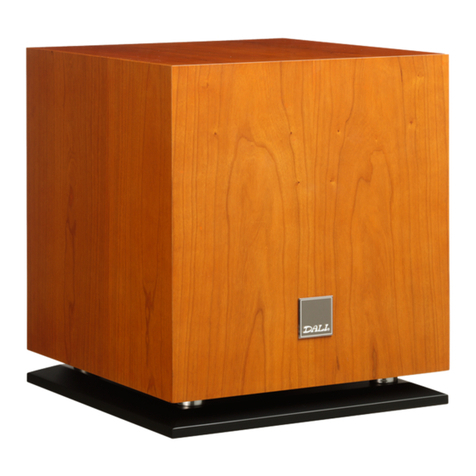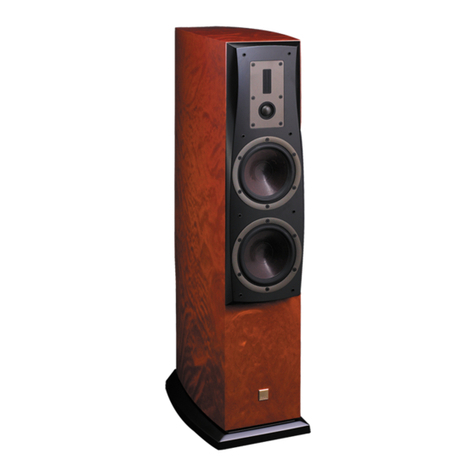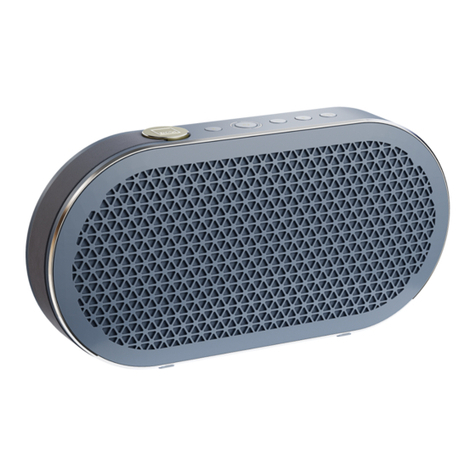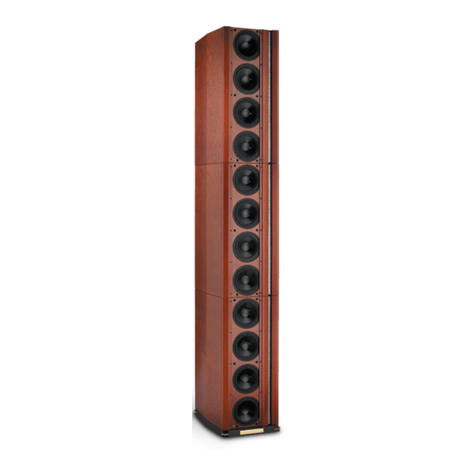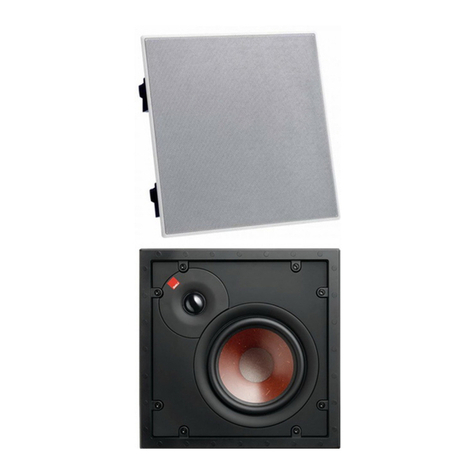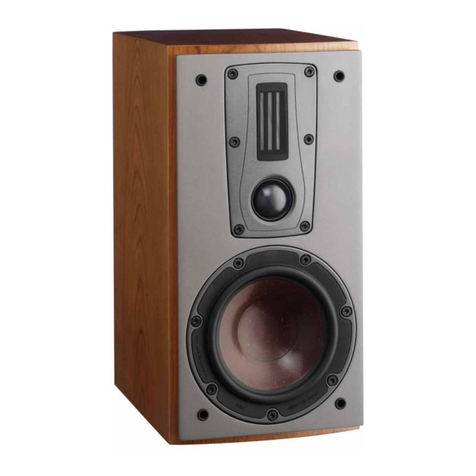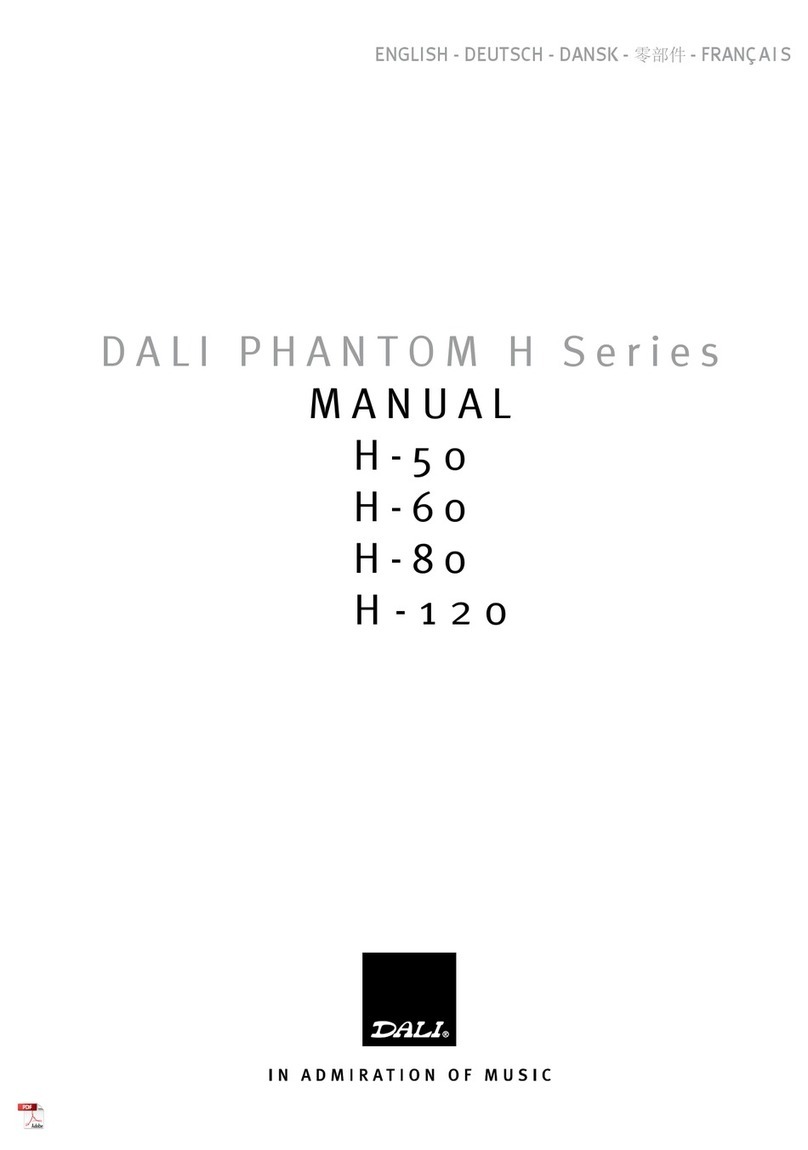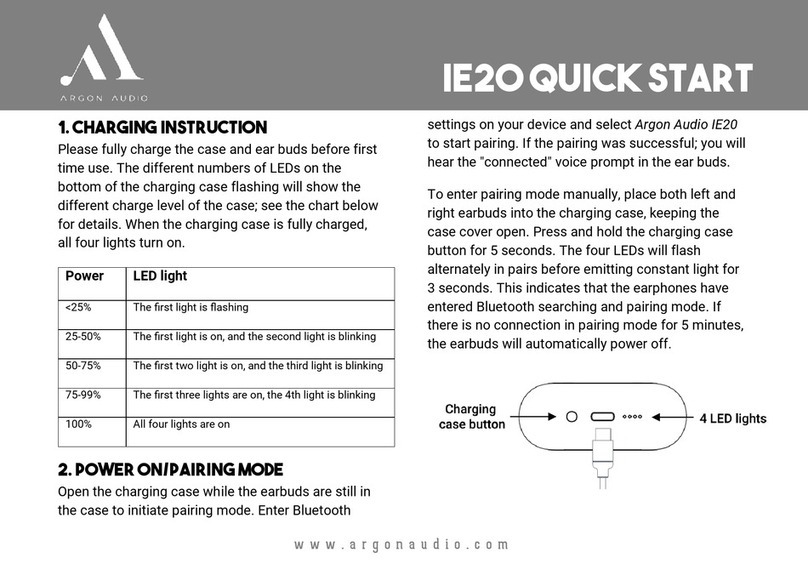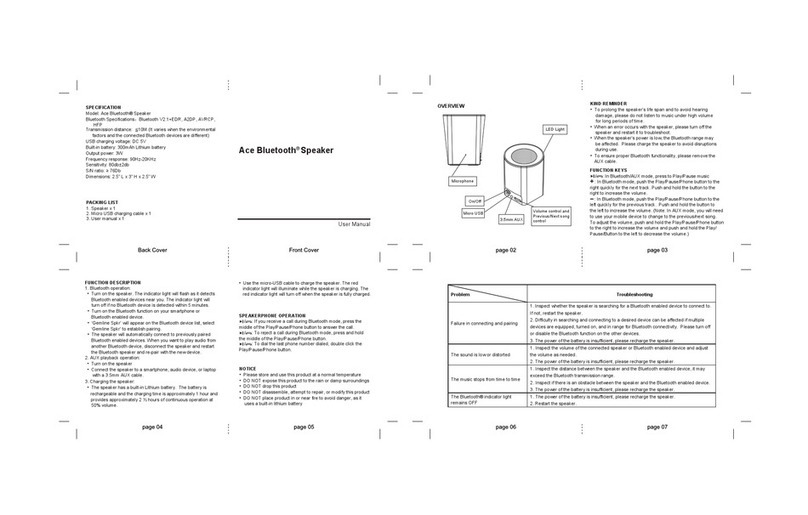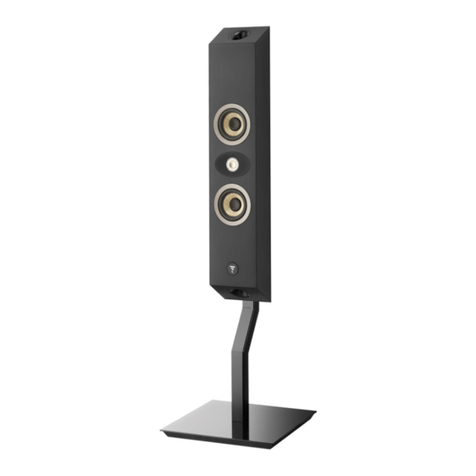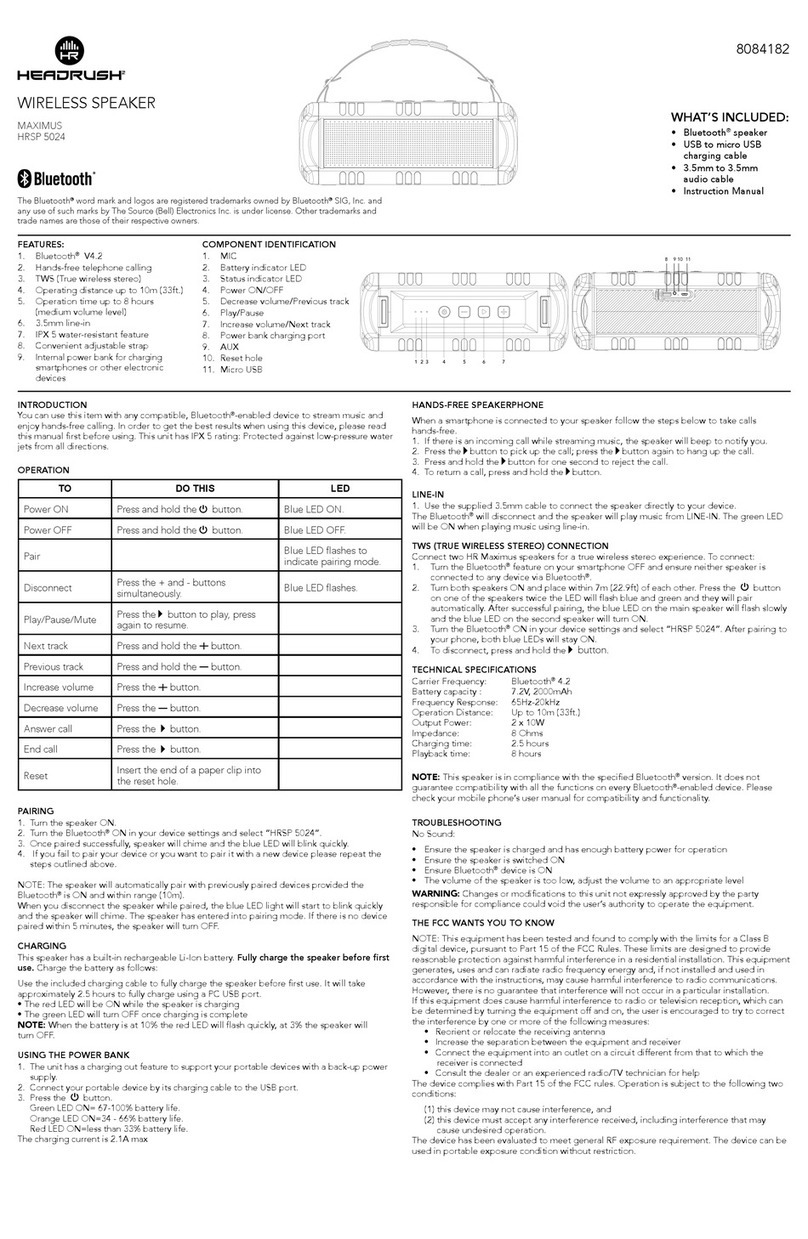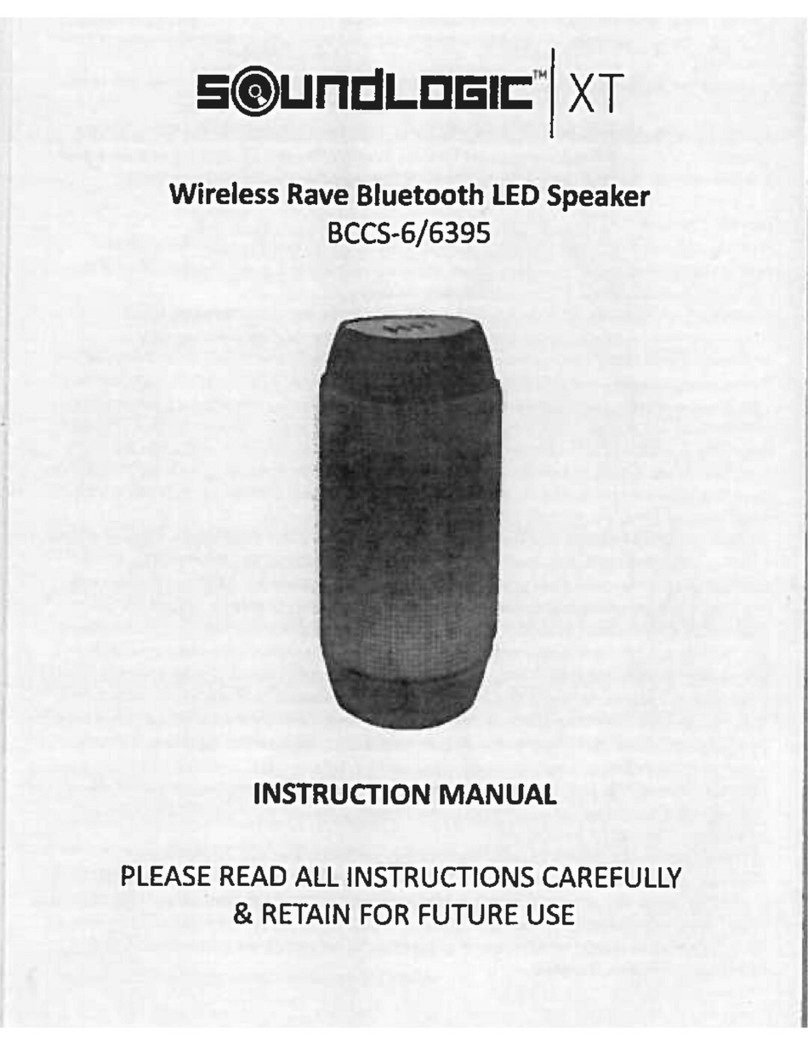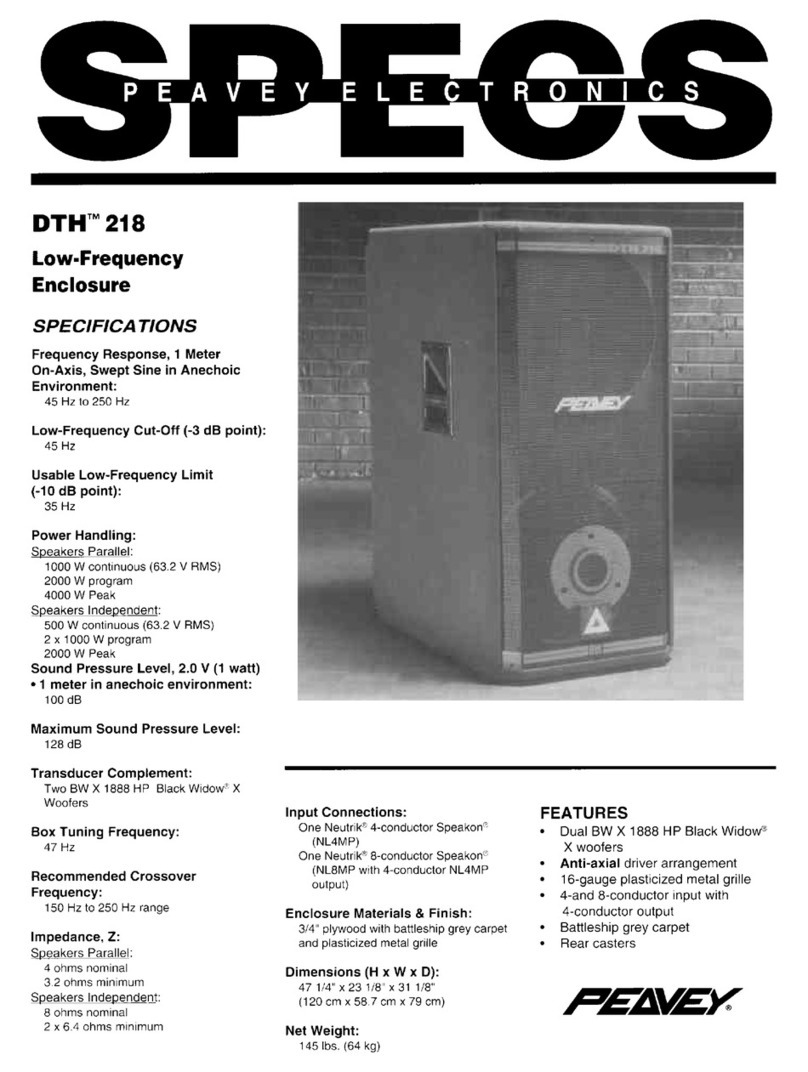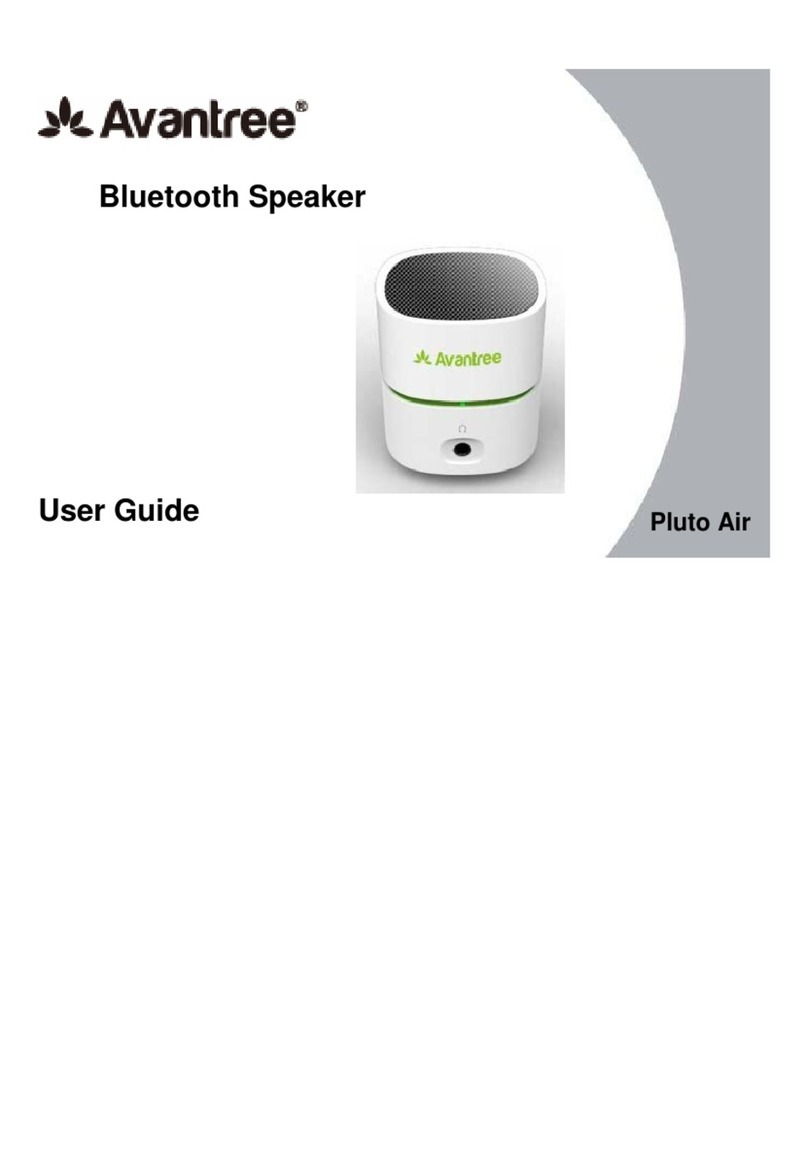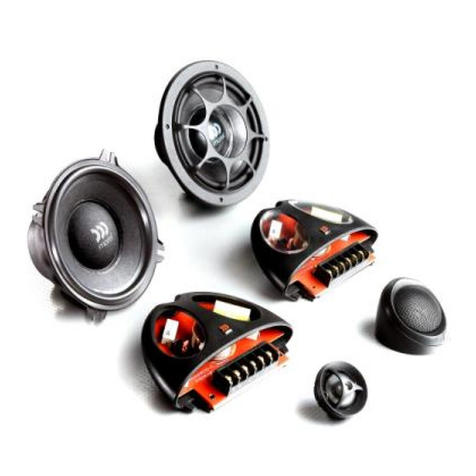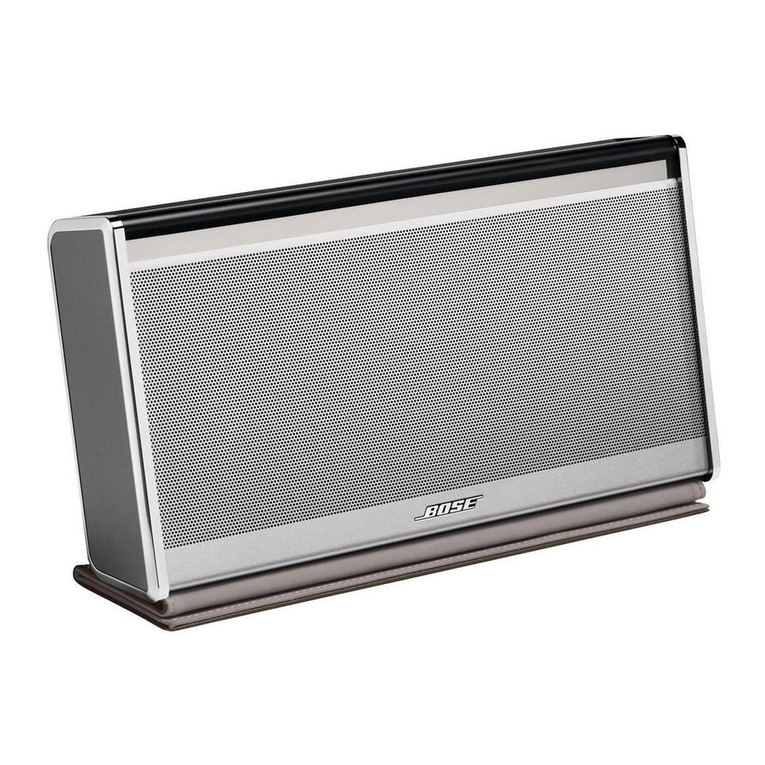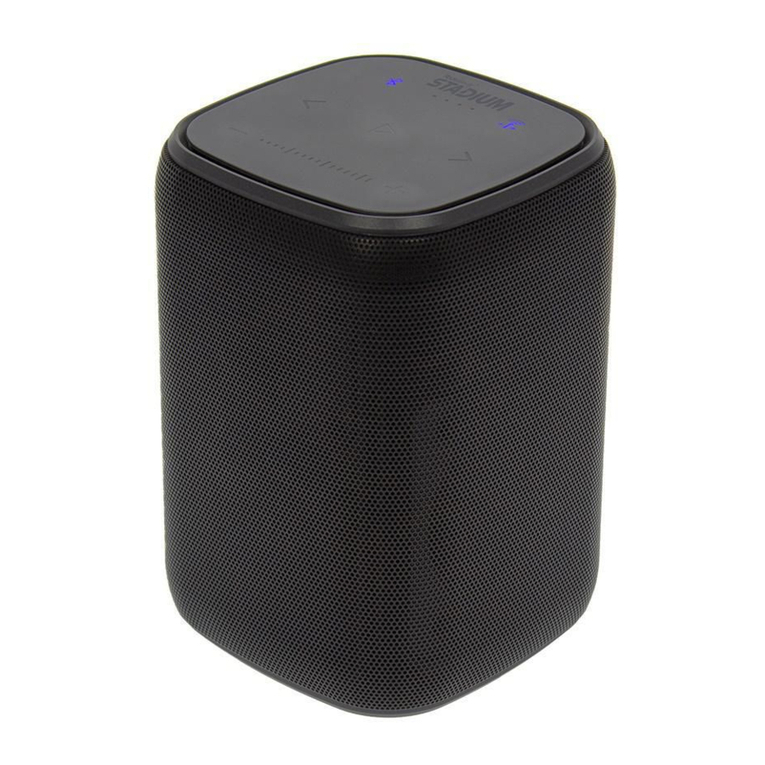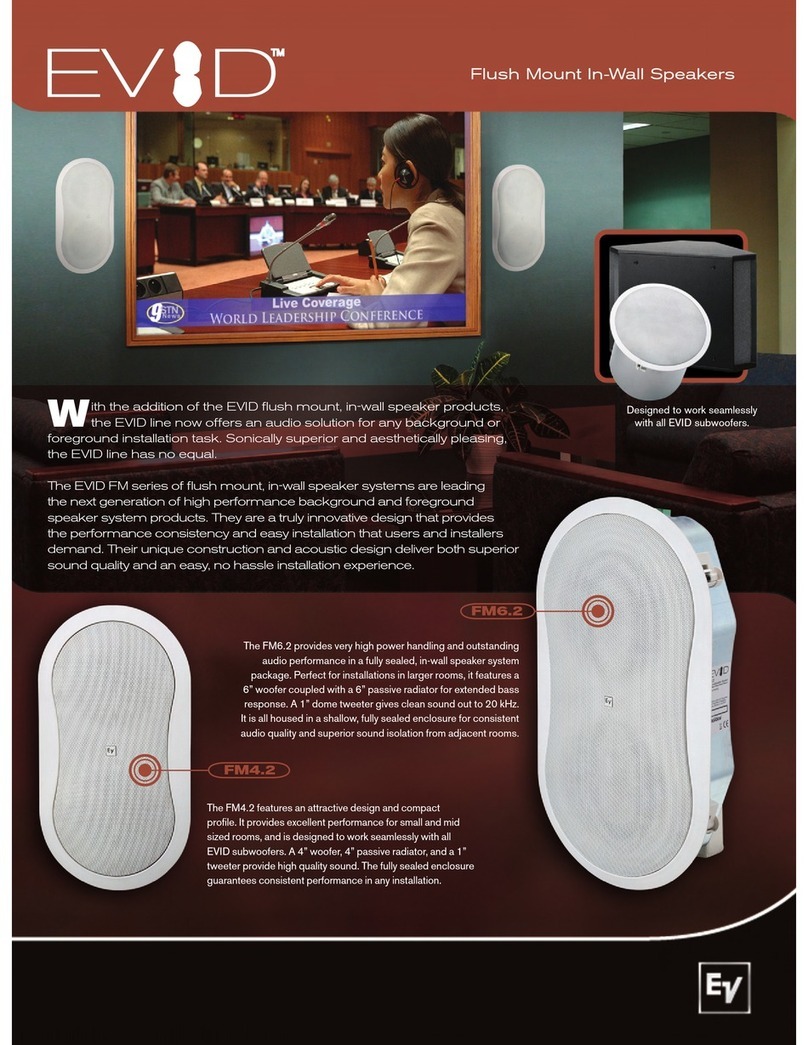
2
English
Safety precautions
TO REDUCE THE RISK OF ELRCTRIC SHOCK, DO NOT REMOVE THE BACK PANEL. NO USER-SER-
VICEABLE PARTS INSIDE. REFER SERVICING TO QUALIFIED PERSONNEL.
Read Instructions - All the safety and operating instructions should be read before the appliance is operated.
Retain Instructions - The safety and operating instructions should be retained for future reference.
Heed Warnings - All warnings on the appliance and in the operating instructions should be adhered to.
Follow Instructions - All operating and use instructions should be followed.
Water and Moisture - The appliance should not be used near water - for example, near a bathtub, washbowl, kitchen sink,
laundry tub, in a wet basement, or near a swimming pool and the like.
Carts and Stands - The appliance should be used only with a cart or stand if recommended by the manufacturer.
Wall or Ceiling Mounting - The appliance should be mounted to a wall or ceiling only as recommended by the manufacturer.
Ventilation - The appliance should be situated so that its location or position does not interfere with proper ventilation. For
example, the appliance should not be situated on a bed, sofa, rug, or similar surface that may block the ventilation openings;
or placed in a built-in installation, such as a bookcase or cabinet, that mayimpede the ow of air through the ventilation
Heat - The appliance should be situated away from heat sources such as radiators, heat registers, stoves, or other
appliances that produce heat.
10. Power Sources - The appliance should be connected to a power supply only of the type described in the operating instructions
or as marked on the appliance.
11. Power Cord Protection - Power-supply cords should be routed so that they are not likely to be walked on or pinched by
items placed on or against them, paying particular attention to cords at plugs, convenience receptacles and the point
where they exit from appliance.
12. Cleaning - Do not use any liquid cleaners. Use only a dry cloth to wipe off dust and grease.
Non-use Periods - The power cord of the appliance should be unplugged from the outlet when left unused for a long
14. Object and Liguid Entry - Care should be taken so that objects do not fall and liquids are not spilled into the enclosure
Damage Requiring Service - The appliance should be serviced by quali ed personnel when:
The power-supply cord or the plug has been damaged; or
Objects have fallen, or liquid has been spilled into the appliance; or
The appliance has been exposed to rain; or
The appliance does not appear to operate normally, or exhibits a marked change in performance; or
The appliance has been dropped, or the enclosure damaged.
16. Servicing - The user should not attempt to service the appliance beyond that described in the operating instructions.
All other servicing should be referred to quali ed service personnel.
The lightning ash within an equilateral
triangle is intended to alert you to the pres-
ence of uninsulated „dangerous voltage“
within the product’s enclosure that may
be of suf cient magnitude to constitute
an electric shock to persons.
The exclamation point within an equila-
teral triangle is intended to alert you to
the presence of important operating and
maintenance (servicing) instructions in the
literature accompanying the appliance.
CAUTION
RISK OF ELECTRIC SHOCK
DO NOT OPEN
